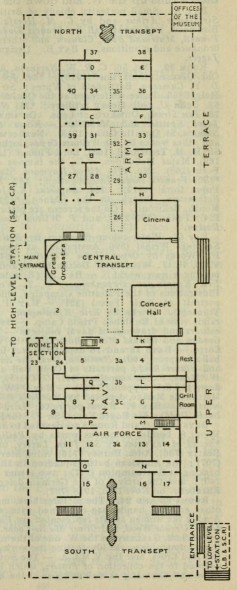
The Imperial War Museum was founded in 1917, and opened to the public within the great nave of the Crystal Palace, 9 June 1920. The museum was intended to record the “profoundly impressive” British effort and unity, and to also emphasize the “fact that in modern warfare success in the field is no longer a merely military achievement, but is the result of the devoted and heroic work of millions of men and women co-operating as parts of one vast living machine.” The collection was divided into four sections–Navy, Army, Women’s War Work, and the production of munitions. Within the museum itself, the southern nave was devoted to the Navy, Air Force, Women’s Work, and the Army Medical Service, and the northern nave was devoted to the Army Section, and also included rooms dedicated to Rooms 39 and 40 and Room 8. The most prized possession of the museum were the works of art, which were distributed throughout the museum in connection with the branches they illustrated.
During the opening ceremony June 9, 1920, Sir Alfred Mond, the MP and First Commissioner of Works, who spearheaded the foundation of the Imperial War Museum, addressed King George V: “‘it was hoped to make the museum so complete that every one who took part in the war, however obscurely, would find therein an example or illustration of the sacrifice he or she made’ and that the museum ‘was not a monument of military glory, but a record of toil and sacrifice'”. By late 1921, more than two million people visited the museum, which featured the contributions of the Commonwealth to winning the war. Today the Imperial War Museum has expanded to five branches, which detail British and Commonwealth contributions from WWI to present-day conflicts. Far from perpetuating “an undesirable war spirit” (as some MP’s feared when debating the Imperial War Museum Act 1920), the museums have chronicled the progress of war, which, while devastating and destructive, is just as much a part of history as the building of monuments or the archiving of important papers.
Has anyone visited the Imperial War Museum? What was your experience, and what were your favorite sections?
Further Reading:
Art and the Great War (1919) by Albert Eugene Gallatin
Guide to Imperial War Museum – London and its Environs (1922)
Imperial War Museum – Official Website
History of the Crystal Palace – Photos of the IWM

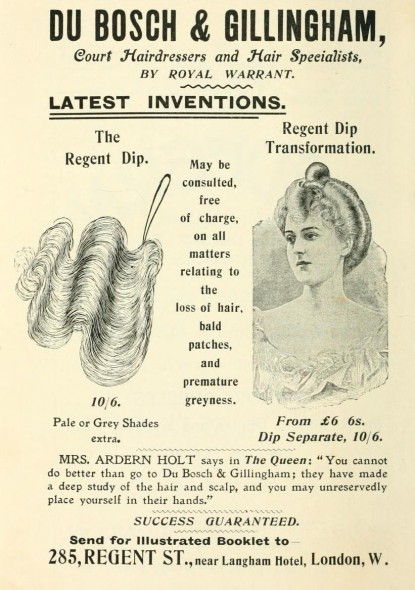
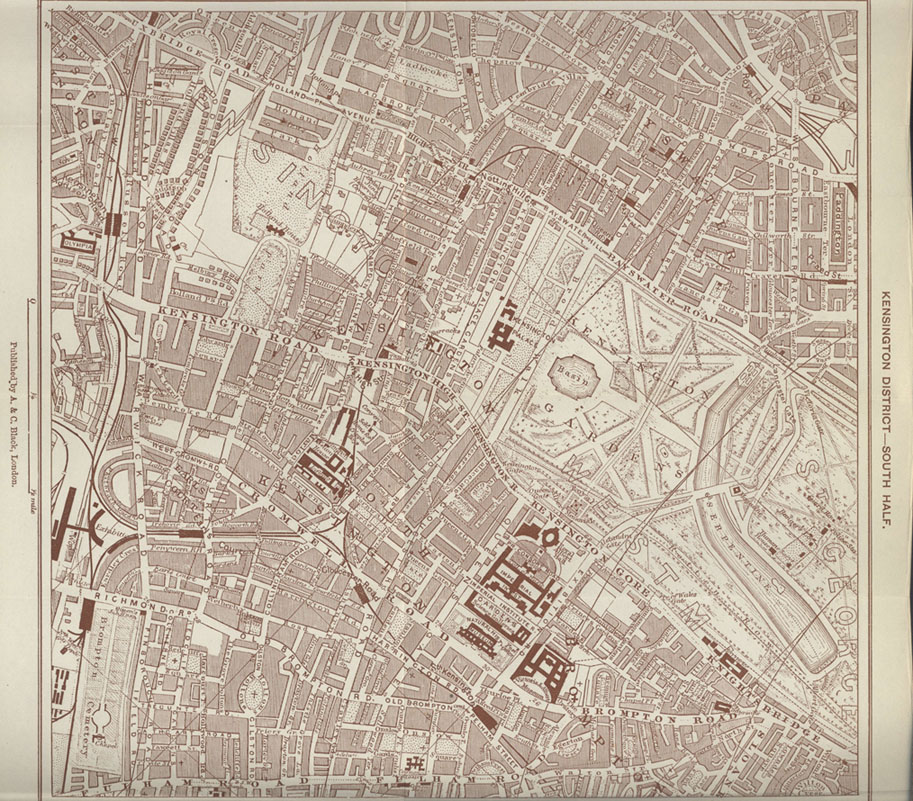
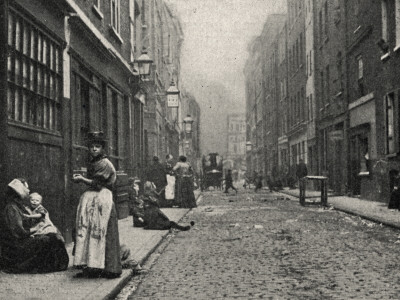
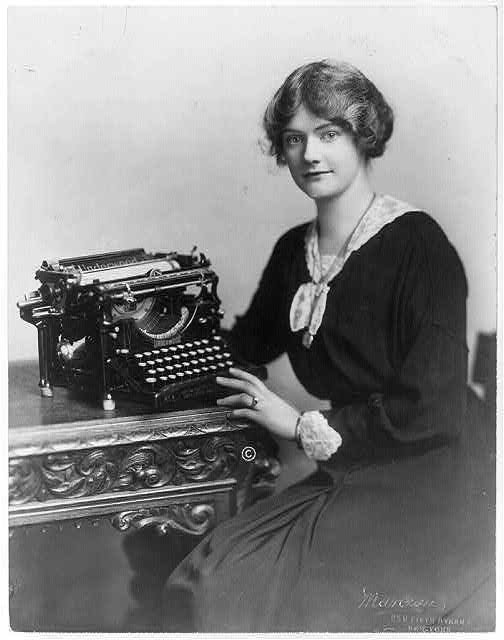
The Imperial War Museum is one of my favorite museums in London. I never fail to find something new every time that I visit. The section on the Trenches is particularly moving.
I think every school during my time visited the museum. 😀
I can’t remember much about the trip except it was dark and awe-inspiring. There was a lot of transport (tanks, planes, etc) and artillery, photo and art galleries (photos of former soldiers with permanent disabilities from war injuries and a photo or painting of a soldier being affected by mustard gas left an huge impact on me), a wall of letters from soldiers to home, some radio recordings, and a gallery of military uniforms and medals.
There was an exhibition of war nurses, wartime factory female workers, land girls, female political/war reporters in combat zones and female war wardens. I don’t know the exhibition was permanent, though.
The most memorable would be a caravan where we sat on wooden folding chairs (“like how it was in an old cinema”) and watched wartime news reels of soldiers at war (WWI, WWII and other battles from 1880s onwards), street crowds and the Royals’ WWII-era visits to various bomb-hit areas (I think we were shocked to see how badly hit Coventry was – it seemed as if it was flattened by a giant invisible foot).
I should point out that there are four or five Imperial Museums now.
It is one of the most important museums anywhere *nod*.
My favourites? Christopher Nevinson, Paul Nash, Ben Nicolson, William Orpen and Stanley Spencer. They served on the battle fields as ambulance drivers, stretcher-bearers, soldiers and artists. And they tried to depict realistically what was happening during the war. Later they were appointed official war artists and, thankfully, a large number of their works can still be found in the Imperial War Museum.
William Orpen in particular. He gave his war collection for free to the British government, as long as the paintings were kept together as a single body of work. They are now in the collection of the Imperial War Museum in London.
I love the Imperial War Museum. Without doubt, it’s one of my all time favourite museums, and I try to make a trip there every time I visit London. There is just SO much information there, and it’s always changing the exhibits, meaning everything feels fresh and active.
The Holocaust permanent exhibit is particularly harrowing, but so necessary, and they cover WW1 and WW2 in such detail, right down to a mock trench walkthrough. It really is so well done.
I used to work at the IWM, it’s a wonderful place – not sure I could pick a favourite bit!
Thanks for putting up that plan of the museum at Crystal Palace. I’ve been working on a WW1 novel for the last 3 years that includes some of the origins of the IWM and a scene at Crystal Palace. I’m not sure I’ve seen that plan, despite looking at a lot of the material in the IWM archive. You don’t happen to have the list of what the numbers represent do you?
@Jennifer: I’ve uploaded the section relating to this map here.
That’s brilliant – thank you so much!
Article on war artists from WW1
http://mindinthecave.blogspot.co.uk/2013/02/with-hindsight.html